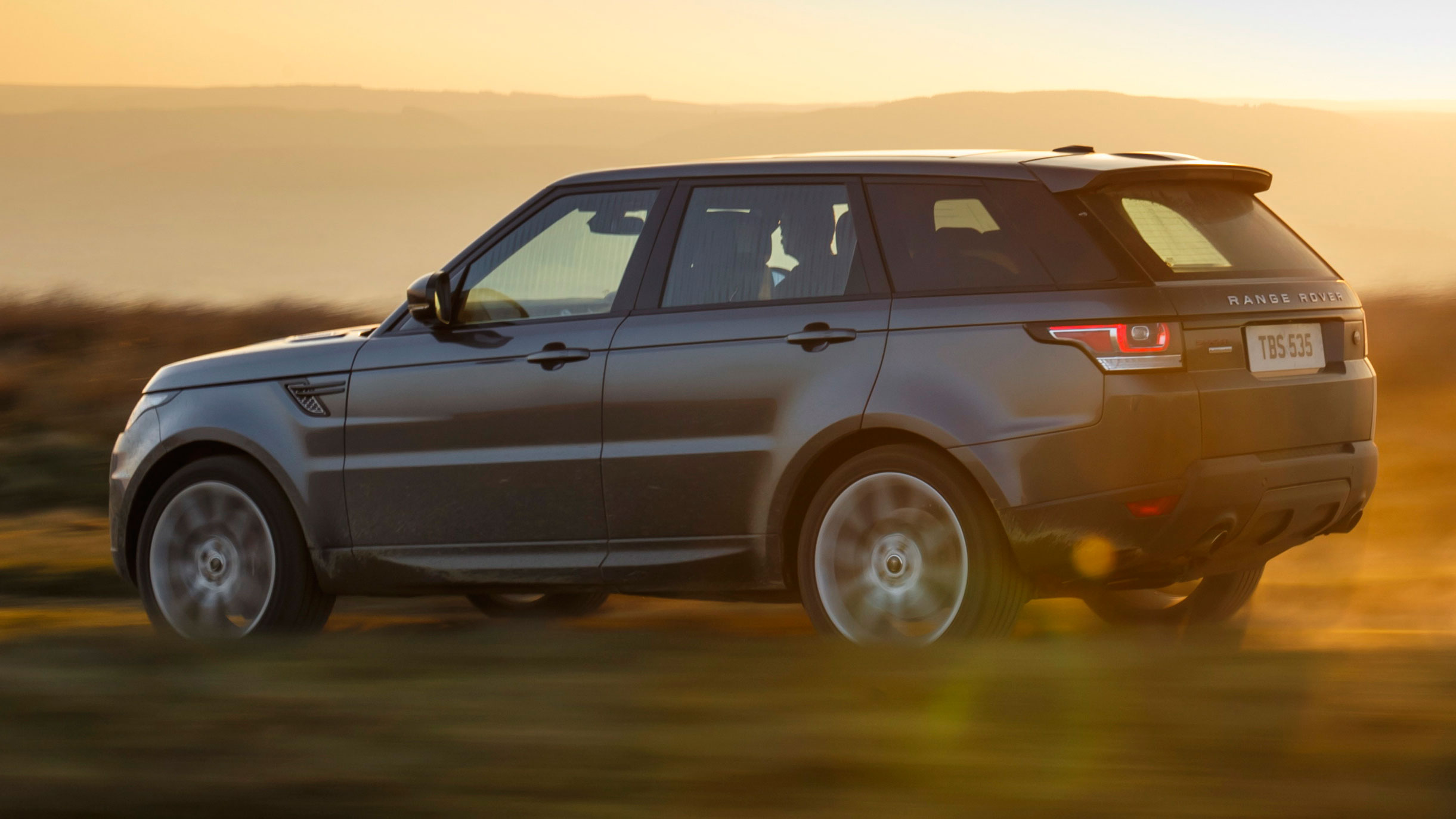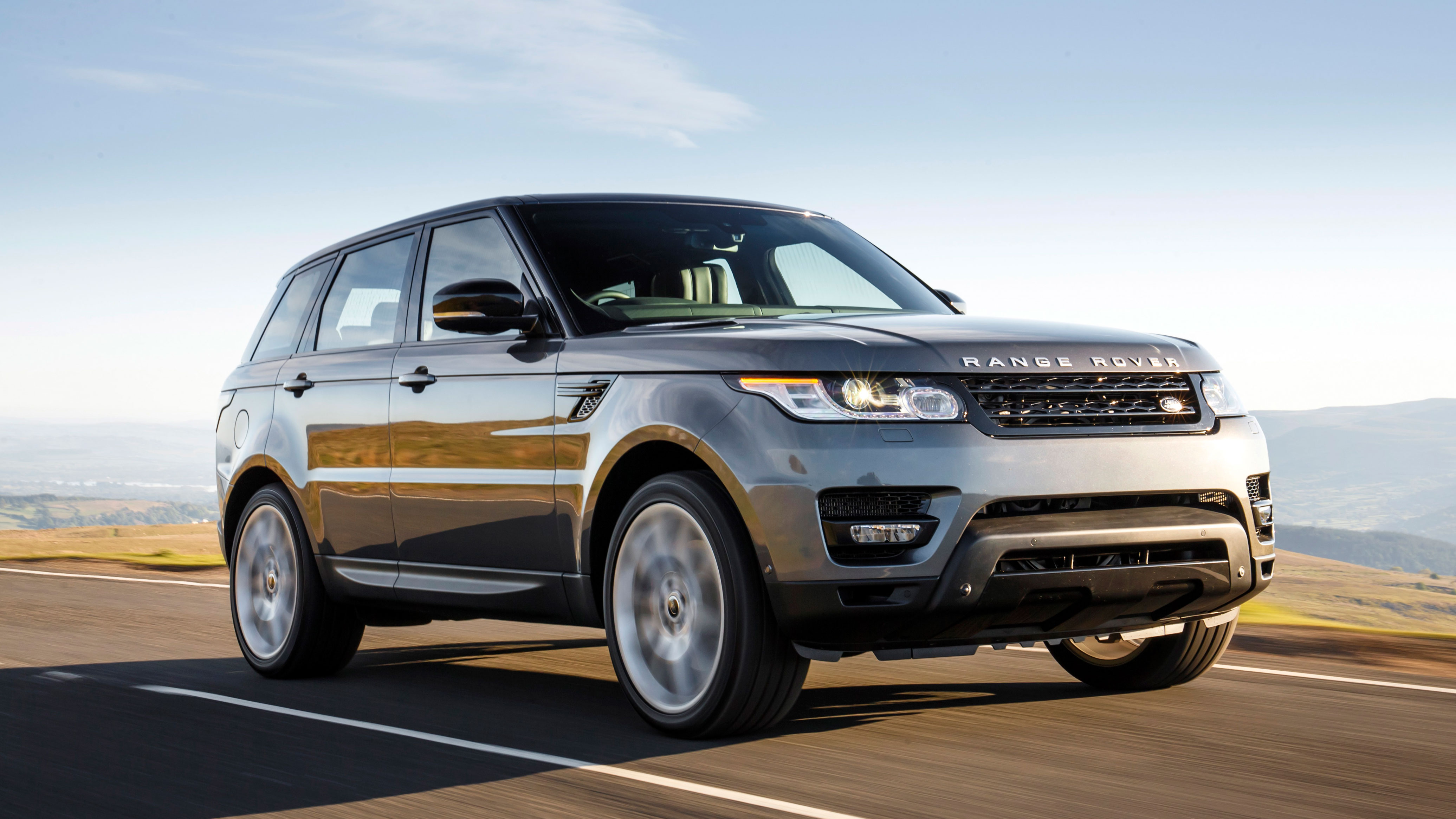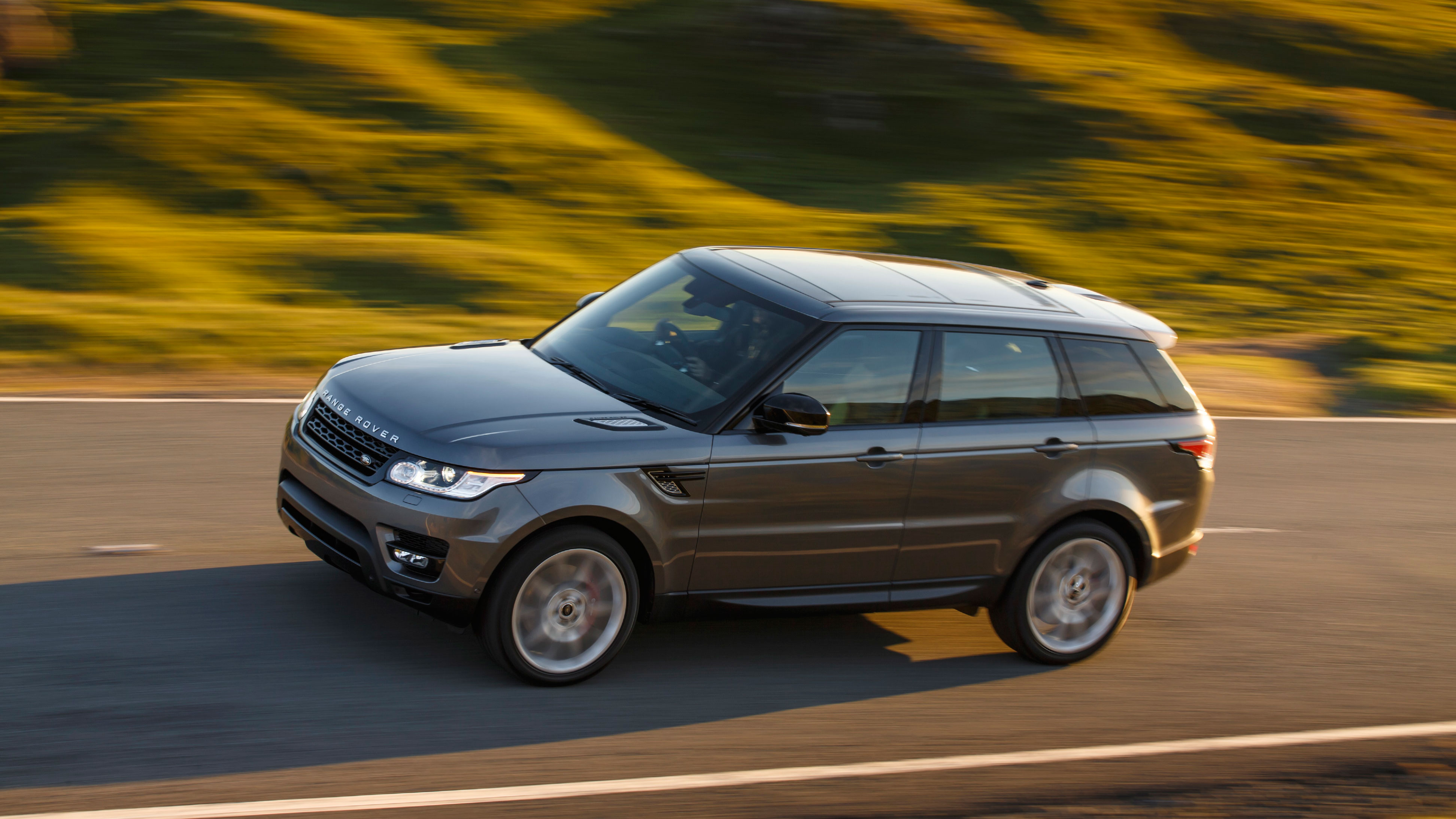
SPEC HIGHLIGHTS
- BHP
340bhp
- 0-62
7.1s
- CO2
243g/km
- Max Speed
130Mph
- Insurance
group47E
The new Range Rover Sport?
Well, the updated MY17 Range Rover Sport, anyway. ‘MY’ meaning model year, and bringing, for the second-lieutenant Rangie’s fourth year on the market, new infotainment (at last), optional semi-autonomous tech and two new engines. No actual facelift, though.
There’s the smallest engine ever to feature in an RRS – a 2.0-litre turbodiesel four-pot familiar from the Jaguar XE and Land Rover Discovery Sport - and then there’s what we’ve driven. A 3.0-litre, supercharged petrol-sipping V6 that we’ve found until now in the nose of a different Jag. The entry-level F-Type, in fact.
So…we should talk about the sat-nav first.
We should. No, really, it’s just a quick note to say that engaging satellite navigation or changing radio stations in a Range Rover Sport is, as of now, not an experience that results in a dead end, Magic FM and a nervous breakdown. InControl Touch Pro, the widescreen system with smartphone-like reflexes we first saw in the Evoque Cabriolet, has arrived. So, only four years after the Range Sport made landfall, it’s finally got an infotainment set-up worthy of a £65,000 car from the 2010s.
That’s not to say it’s foible-free. A north-up map is more difficult to find than, well, your motorway exit, and Bluetooth connection proved to be a mite temperamental. It’s not perfect, but it is responsive to the touch and crystal clear in resolution. And no longer an embarrassment to the Sport’s otherwise delectable cabin.
Okay, engine next?
Yes, engine next. The supercharged V6 in question develops 335bhp and 332lb ft – identical to the entry-level F-Type. Here it doesn’t rasp through an active exhaust, however. It sounds reedy – a bit strained. That’s a telltale this engine is working rather hard to shift 2,150kg of SUV, which is why the economy claims are nothing special (unless absolute accuracy is your fetish). Even though it’s allied to the familiar eight-speed automatic gearbox that keeps revs safely below 2,000rpm at the UK national limit, our mixed road average was 25.6mpg.
The official claim is 26.9mpg (supercharged motors can’t run 'off-boost', so never hoodwink the NEDC test as successfully as turbo engines), and CO2 output is 243g/km. That’s north of a BMW M5’s carbon footprint, and so the tax bill will be Google-sized. Except you’ll actually have to pay it.
In fairness, in markets where tax breaks are calculated with cubic capacity, having a 2,995cc powerplant to limbo under the big three-litre cut-off is very handy indeed.
Top Gear
Newsletter
Thank you for subscribing to our newsletter. Look out for your regular round-up of news, reviews and offers in your inbox.
Get all the latest news, reviews and exclusives, direct to your inbox.
So if it’s not for dodging the Chancellor of the Exchequer, is it for performance?
Not especially. Land Rover claims 0-62mph in 6.9 seconds and 130mph flat out. Respectable stuff – in isolation – but the SDV6 diesel knocks two-tenths off that charge, is 12mph quicker at the top end, and has more torque all the time. It makes a less laboured noise, it’ll easily top thirty to the gallon (TG’s long-term test car managed 33.2mpg over 22,000 miles), and it just feels more appropriate.
The Sport is, despite what the sycophants will tell you, far from the most dynamic big SUV. It’s got roll, it steers slowly and deliberately, and the gearbox is ponderous. A Cayenne, even in its twilight years, would leave it for spare parts. This is more a large upright GT, and it’s better with the diesel, simple as that.
But there’s a price to pay, right?
Too right. In HSE Dynamic trim, the supercharged petrol V6 is £64,400, while its diesel twin is £10,500 more expensive. It’ll take an awful lot of mileage to offset that kind of outlay – 10,000 miles in the diesel would set you back £1,636 at current UK pump prices, compared to £2,088 in the petrol.
Still, there’s no getting away from the fact the Sport is much, much happier burning diesel, and using turbos, not superchargers, for its boost. Whether or not the powers that be will let you drive one down Kensington High Street in a decade’s time is up for debate…
Featured

Trending this week
- Car Review
BMW 1 Series
- Top Gear's Top 9
Nine dreadful bits of 'homeware' made by carmakers






